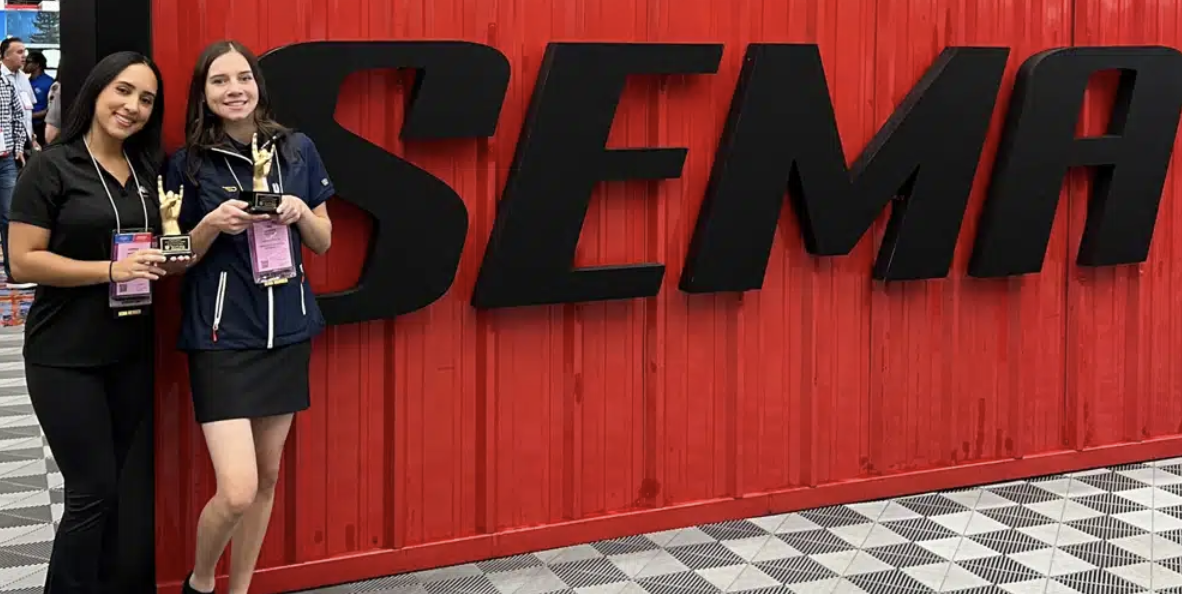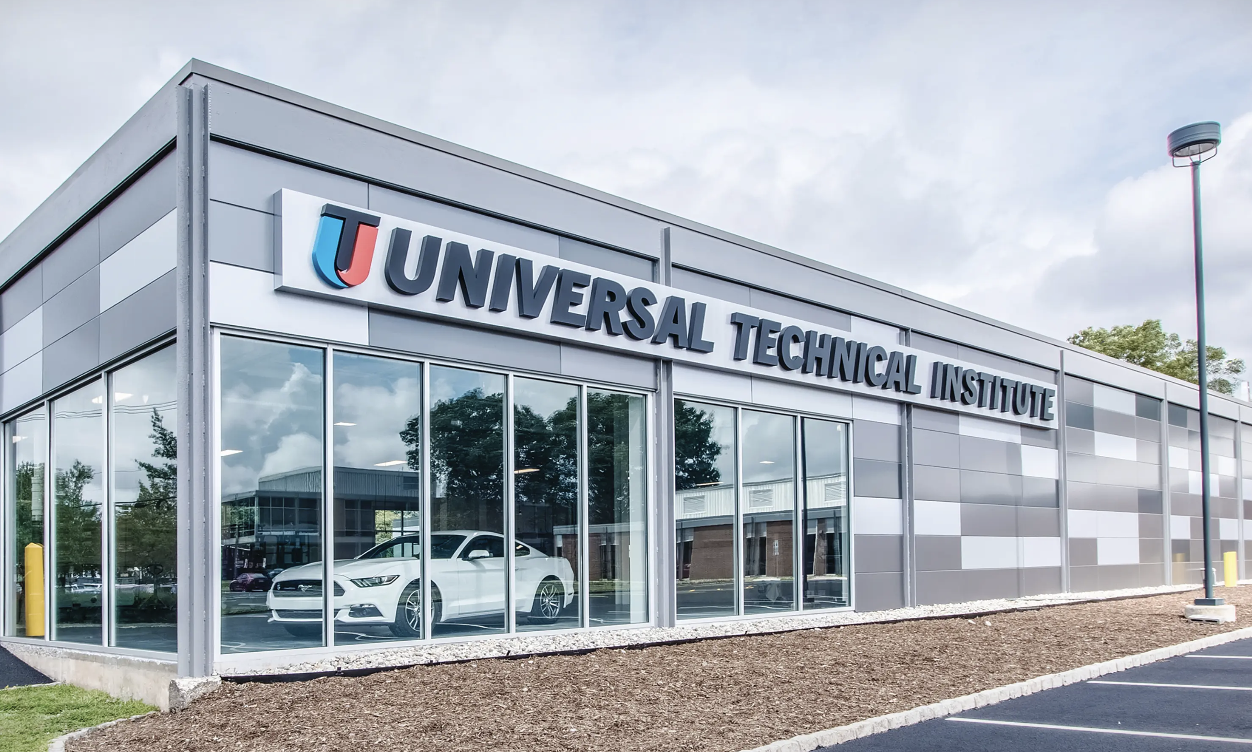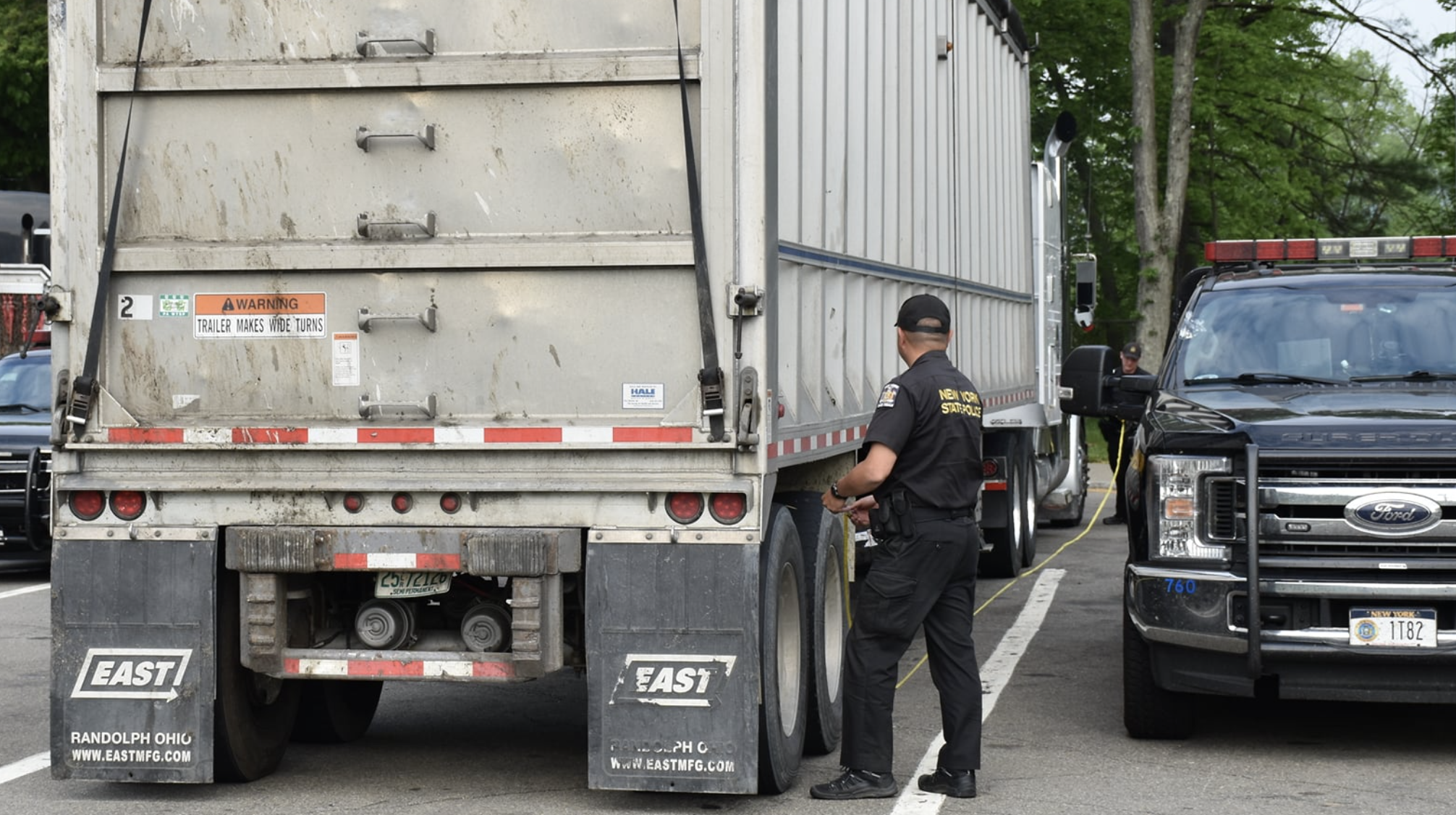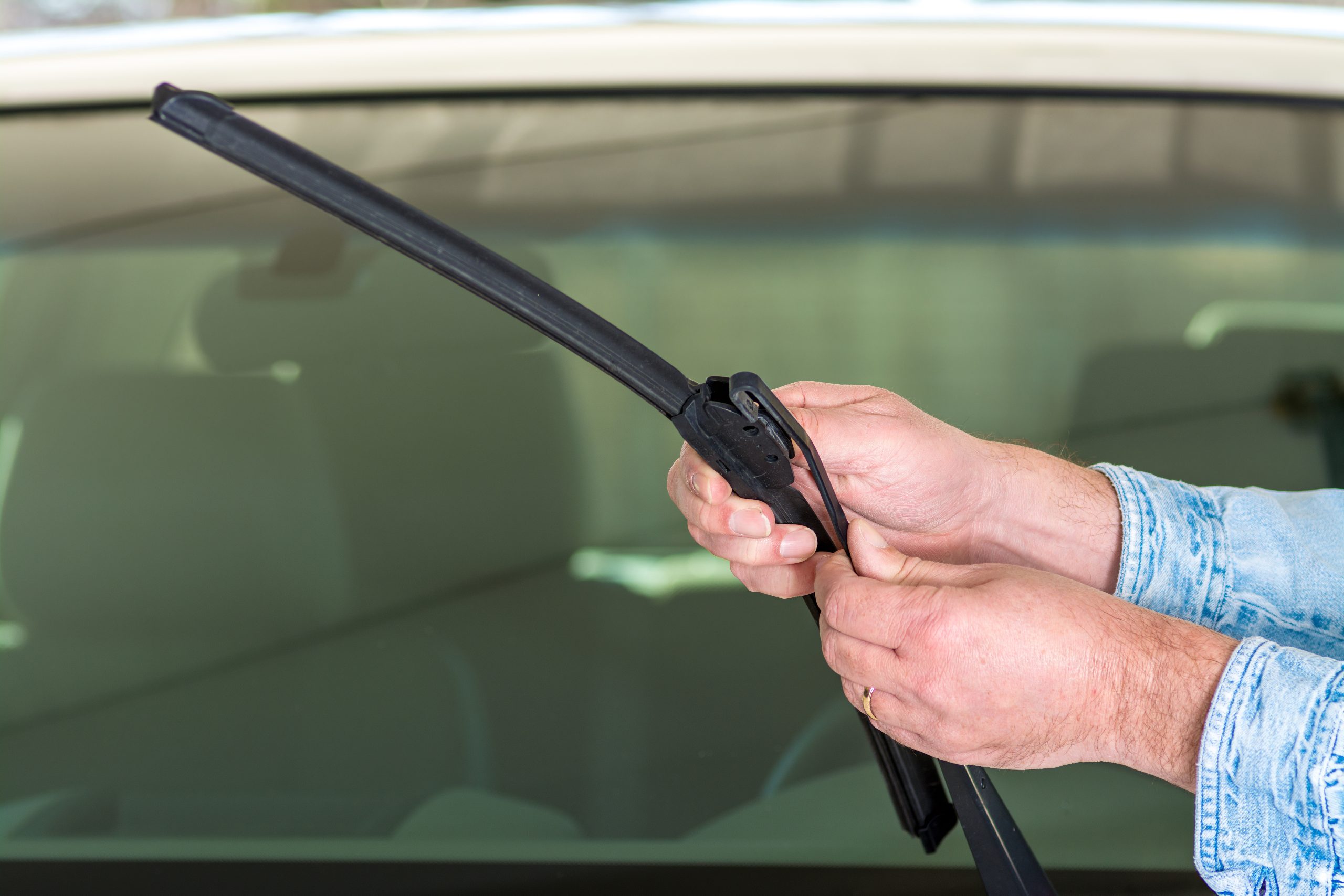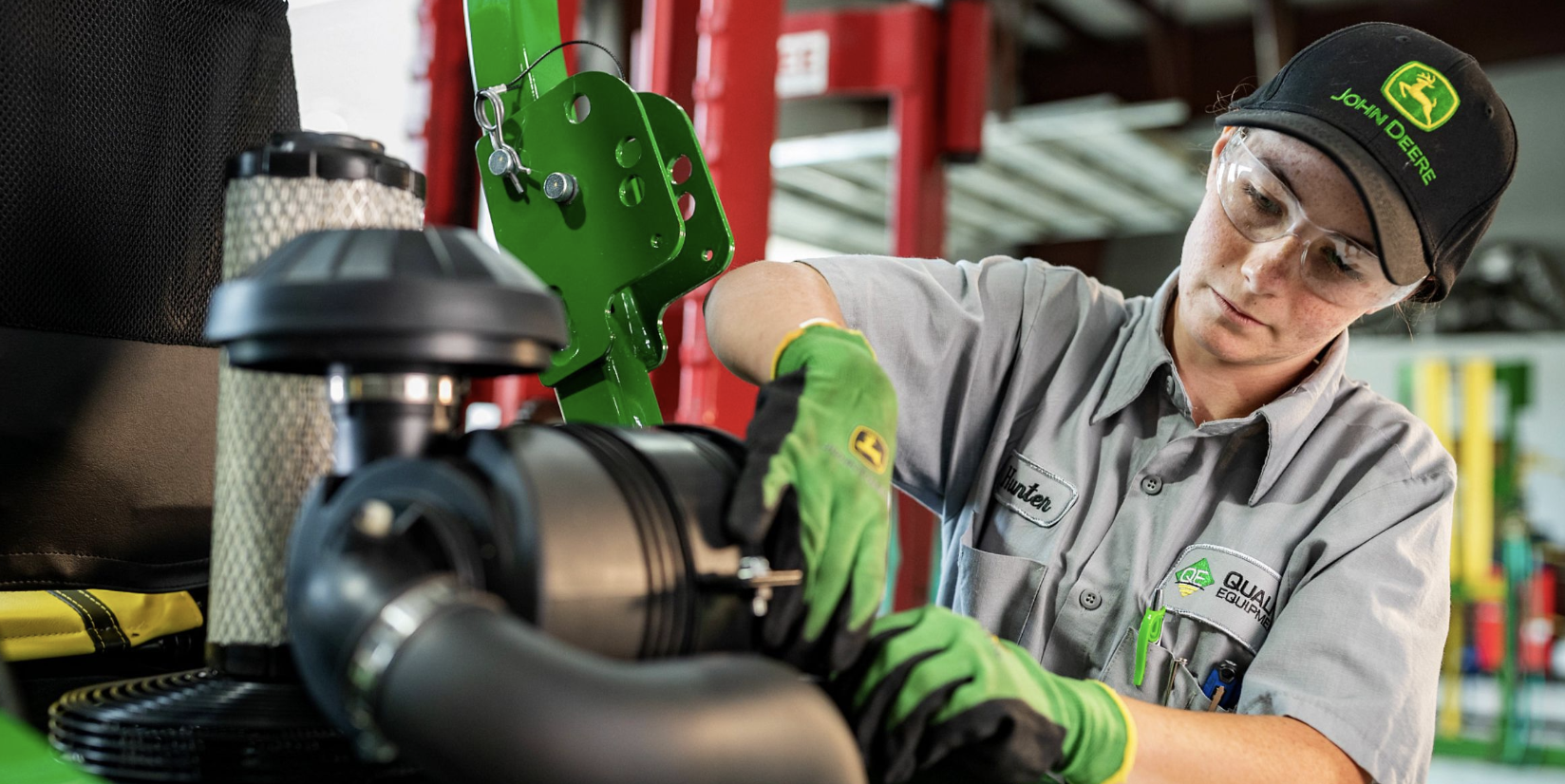TechForce Foundation recently named Sabrina Marrero, a student technician from the Aviation Institute of Maintenance in Hasbrouck Heights New Jersey, and Mia Jackson, a professional marine-systems technician at Hinckley Yachts in Chesapeake Easton Maryland, as the Grand Prize Winners of the 2025 Techs Rock Awards.
The announcement was made at the SEMA Show in Las Vegas where both winners were recognized for their skill, leadership and impact on the technician workforce.
Nearly 6,000 public votes were cast to determine this year’s grand prize winners. Marreno and Jackson were chosen from a group of 12 national finalists who had been named category winners by a panel of celebrity and industry judges.
Each grand prize winner received a prize package valued at more than $10,000, including roundtrip airfare for two to Las Vegas, a hotel stay on the Las Vegas Strip, full access and front-row placement for the SEMA Show main-stage awards, a 580 piece Carlyle Master Tool Set and equipment package, a week-long rental of a cutting-edge electric vehicle from Hertz Electrifies, and a Carrier Air Quality Monitor, Air Purifier and a $1,500 Visa gift card provided by Carrier.
“This vote is about more than recognition,” said Jennifer Maher, CEO of TechForce Foundation. “This year’s winners are both women rising in aviation and marine which are fields where representation still lags far behind demand. Sabrina and Mia show exactly why that must change. Their skill and purpose are what the future of the transportation workforce looks like and the industry is lucky to have them.”
”The SEMA Show is all about celebrating innovation, skill and the people who drive our industry forward,” said SEMA Vice President of Marketing RJ de Vera. ”Technicians like Sabrina and Mia represent the next generation of talent that will keep transportation thriving across every sector. We’re proud to spotlight their achievements on a national stage and honor the dedication that powers our future.”
Since launching the awards in 2018 TechForce Foundation and its partners have recognized 79 students and working techs. The program was built to highlight individuals who not only excel technically but also lead with purpose and integrity.
“We are proud to support these individuals,” Maher added. “And proud to show the country what the future of the workforce looks like.”
Working Techs category winners were:
- Automotive and Motorsports: David Borer, Penske Family Dealership
- Diesel: Cristian Trasandes, San Diego Miramar College
- Collision, Restoration and Welding: Jose Caballero, Team Toyota
- Emerging Tech: Trevor Burgin, Pinnacle Career Institute
- HVAC Home and Buildings: Bryan Baker, Cool Breeze Heating and Air
Future Techs category winners were:
- Automotive and Motorsports: Marcello Dean, McPherson College
- Diesel: Nathaneal Watkins: Big Sandy Community and Technical College
- Collision, Restoration and Welding: William Morrison, Northwood University
- Emerging Tech: Caleb Marc, Lincoln Technical Institute, Union Campus
- HVAC Home and Buildings: Dylan Matjazic, Lincoln Technical Institute, Canton Campus
